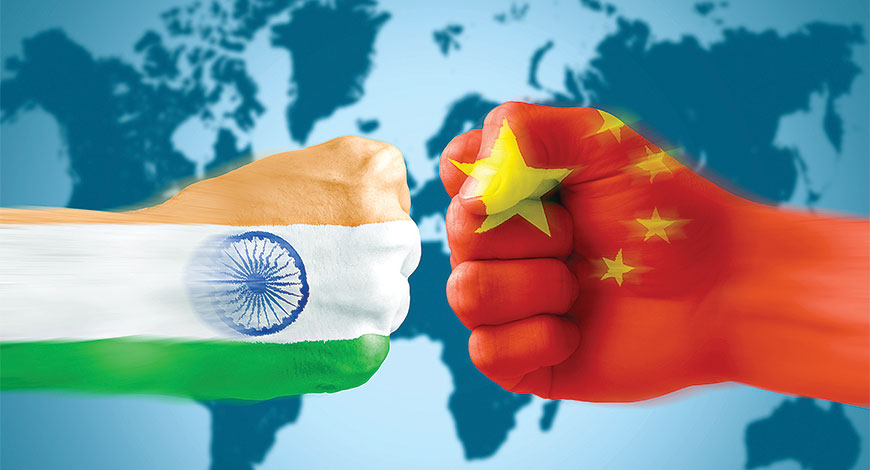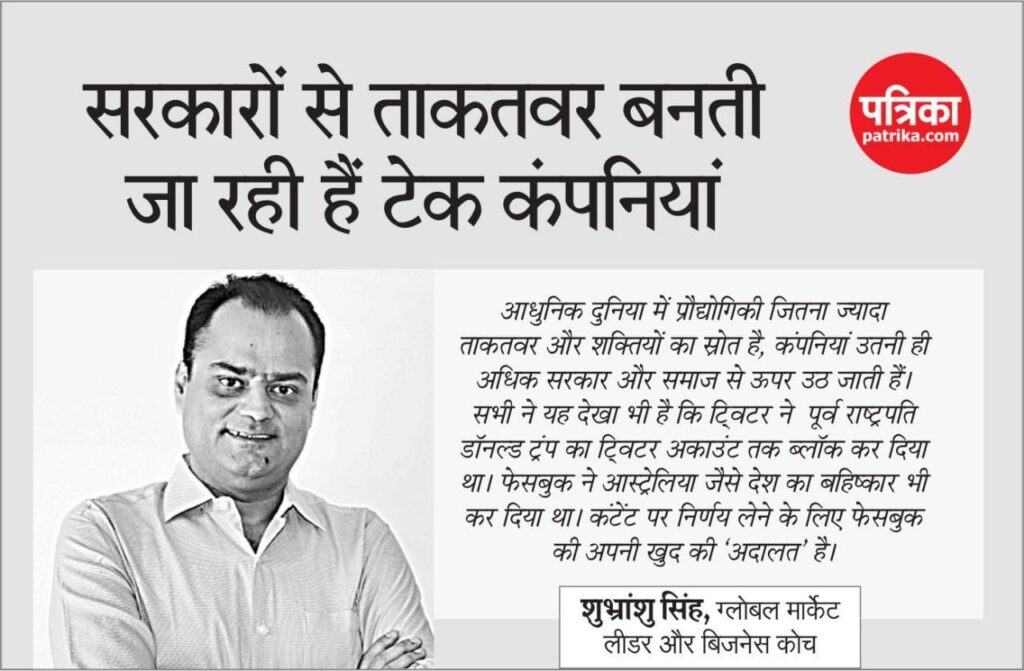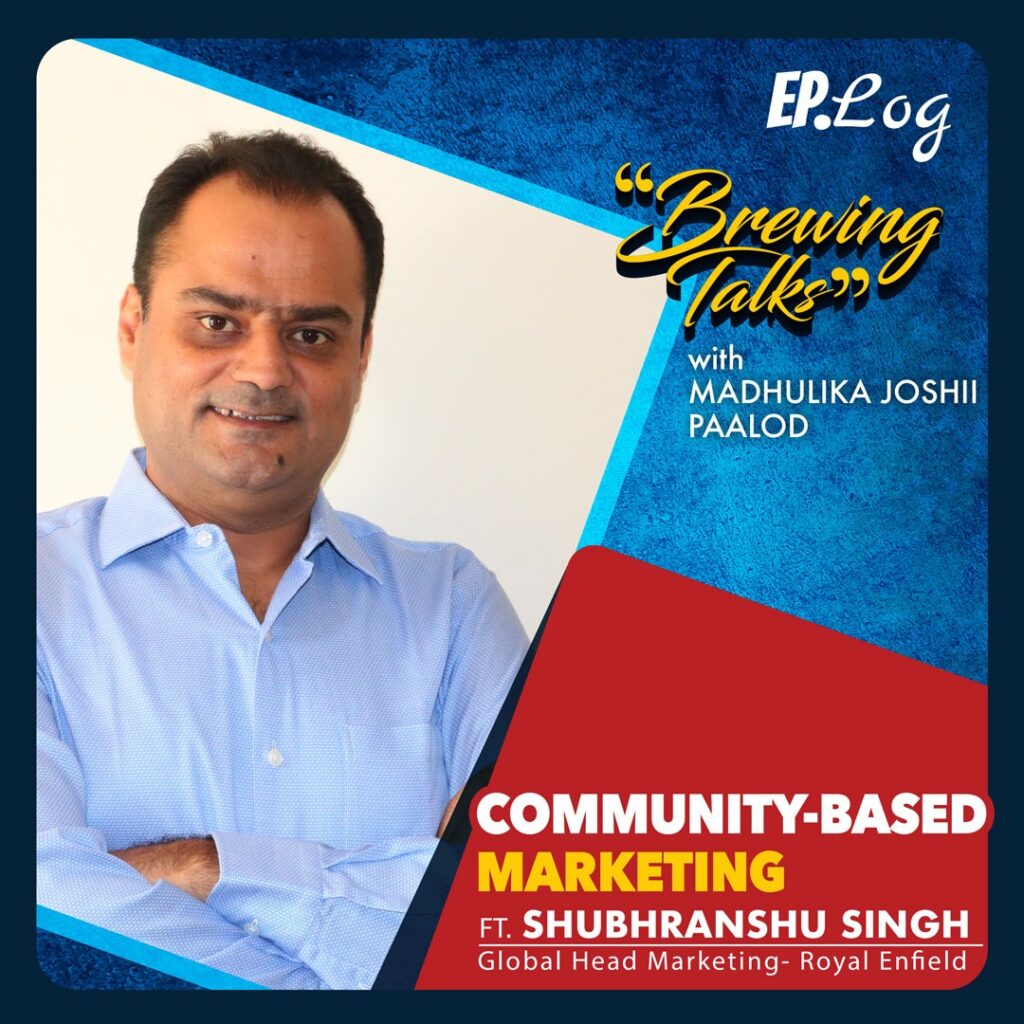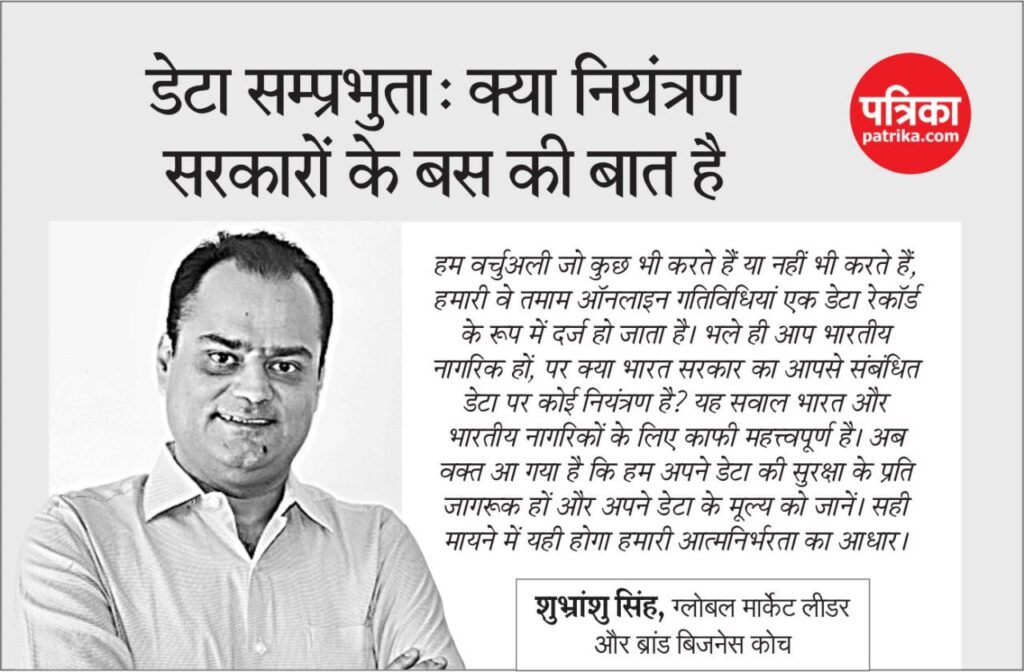Mirror Mirror On The Wall: The China–India E-Commerce Comparison
We in India are often fairly accused of irrational exuberance and premature celebration. Is the e-commerce bonanza another one such a delusion on our part? Are the valuations fed by hype? Are the business essentials geared for world leadership? ACI worldwide released a report ‘Prime Time for Real-Time’ in collaboration with GlobalData, on March 29, 2021. This covers entire year 2020 and ranks top 10 countries by Real-Time Payments Transactions. India tops the list with 25,478 million. China ranks second with 15,741 million. This is an interesting data point pointing to the development of the ecosystem as a whole. [siteorigin_widget class=”SiteOrigin_Widget_Image_Widget”][/siteorigin_widget] At present, India is witnessing a fight for dominance between the world’s foremost retailers – Walmart-Flipkart and Amazon, each with roughly one-third of the market in terms of share. Reliance Retail launched its own online retail platform last year. India has always looked askance at foreign retailers. They are prevented from selling their own goods or owning inventory. Technically, they are only marketplaces. Of course, being a son of the soil, Reliance has no restrictions and can do as it likes. With its $3.5 billion acquisition of Future retail it looks to be set for a hybrid, omni channel play. Like all other areas of digital activity, e-commerce has seen a game changing surge thanks to the disruption brought about by the Covid pandemic. Looking back, one can say Walmart timed it well when it bagged Flipkart at a humongous $16.8 billion price tag in 2018 and Amazon has grown its brand and business in admirable ways. Let us now turn to China. It is quite another mindboggling order of magnitude. Its e-commerce market is twice the size of USA, Britain, Germany, Japan and South Korea put together! China and India have the largest mobile based internet users and shoppers. In China there are a billion internet users. China has immense consumer clout given its size and numbers and the online commerce world is about a demand structure where “more is better”. Because China is so populous and is developing so quickly, it is responsible for a remarkable share of global change. India and China had a parity share of world trade through 1980s. In fact, back then, we had a lead though a marginal one. Then China took off. In the last 10 years almost half of the world’s GDP growth came from China. By Purchasing Power Parity rankings, China became the world’s number one economy way back in 2012-13. Between 2000-2010, India also saw its sharpest rise in PCI in a low inflation environment. Nowhere else in the world has Per Capita Income grown so much, so fast as in India and China over the past 30 years (1991-2021). This is why, in combination with mobile based internet access, e-commerce underwent explosive growth along with rapid consolidation. Alibaba, JD dot com and Pinduoduo now account for more than 90% of e-commerce retail. Amazon has a share of only 38% in USA where it is numero uno. In China, e-commerce was a phenomenal pole-vaulting feat. America was a brick-and-mortar play that matured to ecommerce. In China it was e-commerce to start with. For Asians -in general-shopping online is a discovery, entertainment, a bargain value feast and a sense of community – rolled in one. The poorer they are the more they like e-commerce. They feel empowered and equal. Online platforms don’t smirk at them. Influencers, shoppers, and brands are fully involved in this heady growth. Network effects are virtuous. Discounting, in bulk, became a massive phenomenon. Platforms became community sites and providers of video entertainment. Because of the numbers involved – China now has the biggest apps. WeChat has 1.2 billion users. It has video streaming, social networking, opening, bargain deals all at one place. On China’s singles day, Alibaba – in a pre-sale of only 30 minutes – got $7.5 billion of sales. Whereas all of the e-retailers put together in India made $3 billion during the entire festive period starting from September 29 to October 4th, 2020. Pinduoduo is a social network worth $175 billion, and it enables groups to drive bargain deals with local merchants on staples and essential groceries. It is reaching revenues and valuations never seen before. In conclusion, we in India have a long way to go. There is no denying that we have what it takes to get there. We are in the race for global leadership but for that India must benchmark right, innovate for scale and think of the future. Above all, we should not be smug or deluded. We need to stay humble and hungry. http://www.businessworld.in/article/Mirror-Mirror-on-the-Wall-The-China-India-E-commerce-Comparison/15-05-2021-389792/#.YJ_eeh73WN0.twitter
Mirror Mirror On The Wall: The China–India E-Commerce Comparison Read More »










